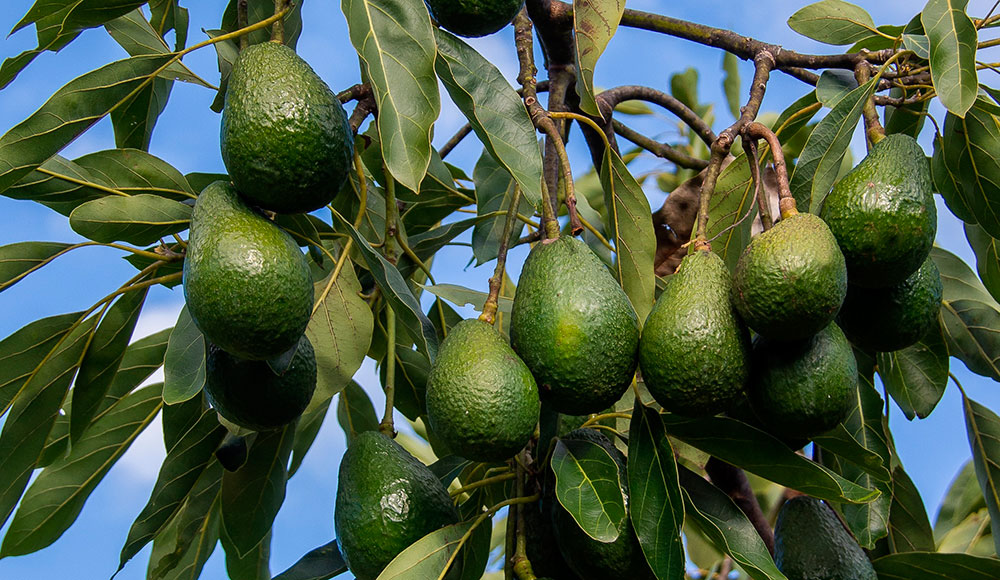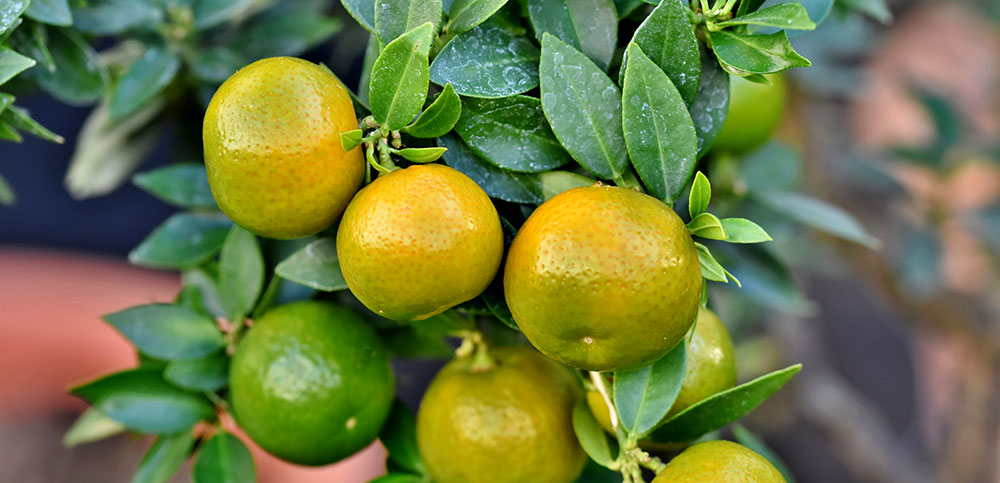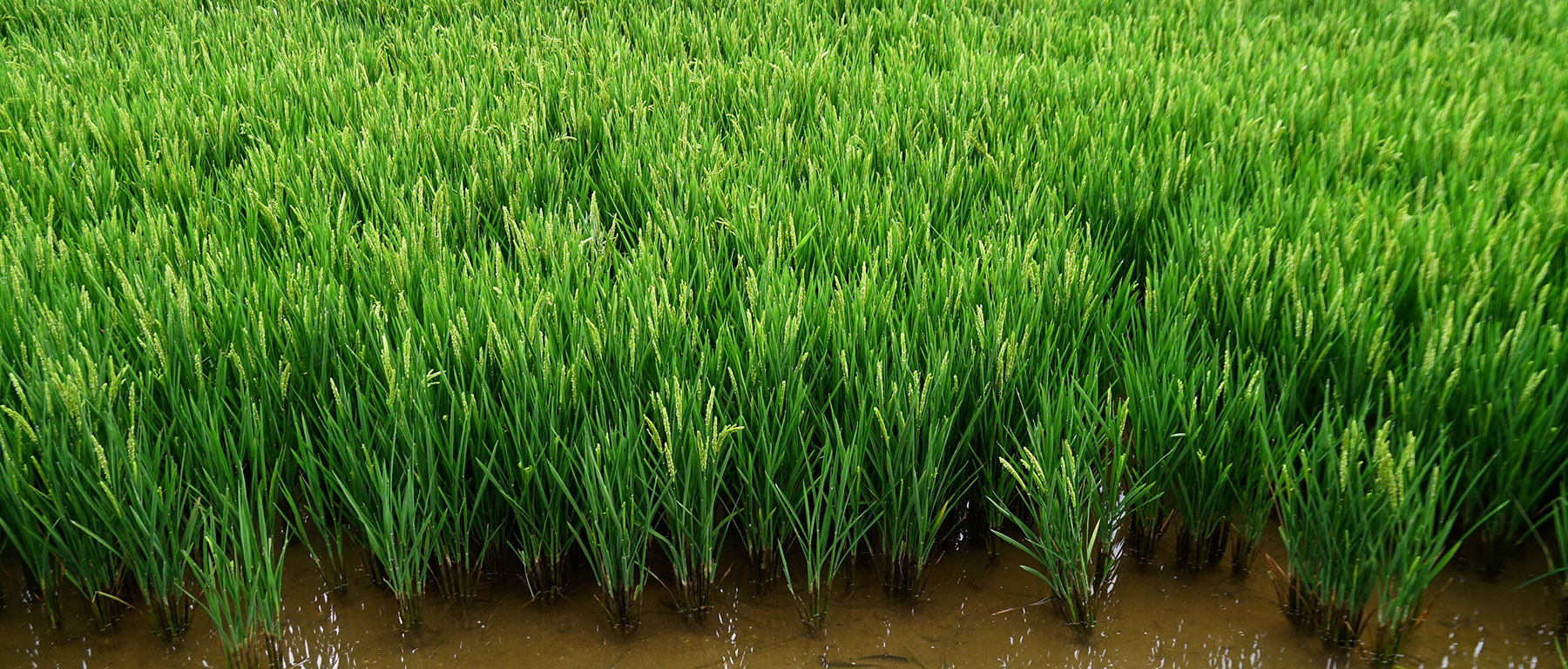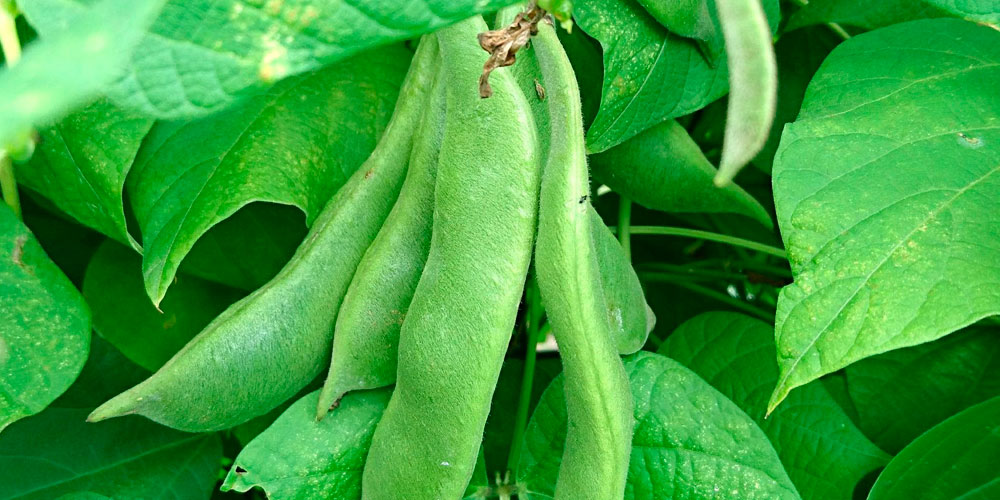One of the essential trace elements for the growth and development of plants is zinc. Also called zinc, it has the chemical symbol Zn and is required by plants in small quantities, as with the rest of microelements.
Clarify that, in Spanish, the words zinc and cinc are accepted as valid. However, the expression zinc is the most consistent with the origin of the word and, therefore, with its chemical symbol Zn.
The fertilization of zinc must be taken into account. In the case of its scarcity in cultivation, it causes negative effects on the correct development of the plant, as well as on its excess, but in this case, it even becomes a toxic element for it.

Functions of zinc in plants.
The functions of zinc in plants are multiple. Some examples of them are:
- Its prominent role in the synthesis of carbohydrates during photosynthesis.
- Its participation in the transformation of sugars into starch.
- Intervening in the metabolism of hormones by regulating the level of certain auxins.
- Performance in the processes of maturation and seed production.
- Favoring the improvement of pollen (its formation, pollination, viability and fertility).
- Helping the maintenance and integrity of cell membranes.
- Its influence on the elongation of shoots and leaf development.
It is also credited with shielding the tolerance of plants to pathogens, especially those in the soil, as well as being essential in the defense systems of cells against highly toxic free radicals.
Zinc in the soil.
The total zinc content (Zn) of soils normally ranges between 10 and 100 ppm, and can reach values of up to 300 ppm in some soils. But these quantities do not necessarily indicate that the availability for the plant of this element is guaranteed.
Zinc can be found in different forms in soil, including:
- Constituting part of the minerals of the soil. In the form of sulfides (sphalerite), carbonates (smithsonite) and silicates (hemimorphite).
- Fixed in the crystal lattice of some clays (montmorillonite, mineral of the group of silicates).
- Forming stable complexes with soil organic matter.
- Adsorbed in the positions of change of the soil.
- Dissolved in the soil solution.
In what form does the plant take zinc?
As we advance, not all the existing zinc in the soil can be taken up by the plant, so it is very important to know in what state it is to know if it really acts as an agronutrient.
The roots absorb Zn in the ionic form Zn2+. On the other hand, the pH of the soil influences its state, so that in acidic soils there is a greater release of Zn2+ to the solution, from the insoluble forms. On the contrary, under alkaline conditions, the fixation of Zn2+ in the clay-humic complex is favored, as well as the formation of zinc hydroxide unassimilable by the plant.
Under this premise, the acidification of the rhizosphere, increases the availability of Zn2+ and therefore the absorption by the roots is high.

Symptomatology of zinc deficiency in citrus fruits.
The lack of an agronutrient can be different depending on the species of plant in which it is produced. Thus, to be more specific and serving as an example, we refer to the symptoms of zinc deficiency in citrus fruits.
Its zinc deficiency manifests itself mainly in the leaves. Its limbus yellows in the areas between the secondary nerviations. Instead, the areas attached to the main and secondary nerves remain greener.
This intensity of yellow hue in the affected leaves, is greater when more pronounced is the deficiency. When the plant suffers from a strong lack of zinc, these leaves usually have a smaller size, with a narrower and more pointed shape. In addition, they usually fall prematurely.
Another effect of zinc deficiency in citrus fruits is that manifested in their budding. In this case the development of buds is reduced, the stems become thinner, and the internodes are shortened.
Cultures with high sensitivity to zinc deficiency.
Among the crops with high sensitivity to zinc deficiency are citrus fruits (already advanced), as well as vines, deciduous fruit trees, corn, rice, wheat and cotton.
Lack of zinc in grape cultivation.
In the first place, the lack of zinc in the vine, manifests itself with the appearance of chlorosis in the younger leaves, maintaining a dark green color in the nerves of the leaves.
These chlorotic zones, as the culture progresses, necrotize and a coiling occurs. As for this deficiency in the bunches of grapes, it manifests itself being smaller, with few fruits and smaller size and absence of seeds.
Zinc deficiency in deciduous trees.
Zinc is an essential element to obtain a good production in deciduous crops such as almond, peach, apple, etc. because it is a micronutrient involved in the formation of auxins and in the activation of essential enzymes in processes of transformation of amino acids to proteins.
In these deciduous trees, the presence of zinc is especially important in the fruit setting phases and for obtaining the weight of the fruits.
The lack of zinc in deciduous trees is observed with the presence of small and pink leaves, while a decrease in the distance of internodes. It is also responsible for excessive fruit fall, delays in flowering and fruit setting problems.
Zinc deficiency in maize cultivation.
In the case of corn cultivation, zinc is responsible for a better efficiency of nitrogen use, improves the setting of the grains and ensures a good filling of the same. In corn, zinc activates the enzymatic processes responsible for starch synthesis.

Zinc deficiency in rice cultivation.
In rice cultivation, zinc is the most important element, especially during the early vegetative growth stage.
To avoid zinc deficiency in the rice plant, it is recommended to apply zinc from germination because a deficiency in this element can reduce the yield.
Zinc deficiency in wheat cultivation.
The wheat crop responds significantly with yield and quality increases when applications are made with the element zinc. This is due to an improvement in the efficiency of nitrogen use, which is the most important element in this crop.
This practice is also valid to avoid zinc deficiency in species of agronomic interest, belonging to the grass family.
Zinc deficiency in cotton cultivation.
Zinc is also an essential element in cotton cultivation. Its lack can cause a lack of growth in the plant, very short internodes and small leaves.
It also causes setting problems and a delay in maturation, affecting crop productivity and affecting harvest times.

Main products for the correction of zinc deficiencies.
Technically, zinc sulfate, zinc oxide, zinc nitrate, zinc chelate, zn polyflavonoid and zn lignosulfonate are the main compounds for correcting zinc deficiencies.
For correction or ensuring that zinc deficiency does not occur, JISA has different formulations of high efficacy.
Among them is Jisaquel® Zn-14, solid formula, specific zinc corrector fully chelated by EDTA, which achieves perfect availability for the plant.
And as for liquid formulations, the double deficiency corrector of zinc and manganese complexed Nutrijisa® Zn-Mn and Nutrijisa® zinc, specific corrector of zinc deficiencies.
If you want more information about zinc in your crops, JISA’s technical team will be happy to advise you.
